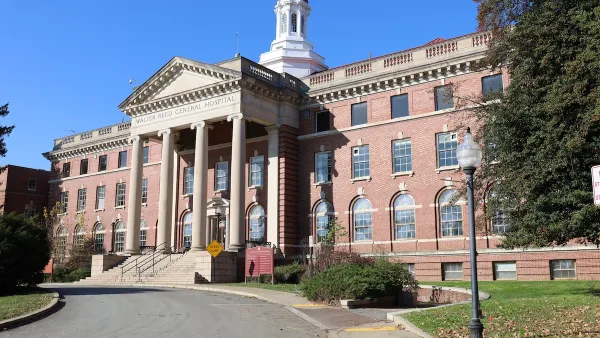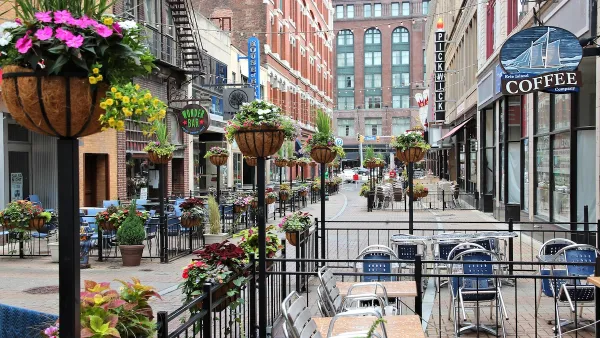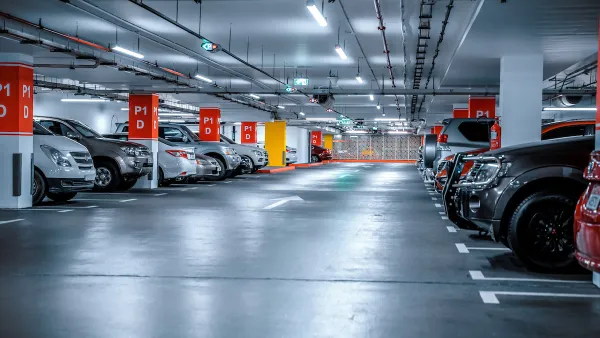As if to show that "walkable" is the new mobility in America, even with single-family-homes, new census findings show two-thirds of homes constructed last year had front porches while the number of garages or carports decreased to late 1990 levels.
Haya El Nasser and Paul Overberg report on the 2011 U.S Census survey and find results showing a ten-year trend.
- New homes with front or rear porches has grown from 42% in 1992 to 65% in 2011
- 13% of homes were built without a garage or carport in 2010 and 2011 compared with 8% in 2004
To be sure, no one is suggesting that walking, biking, and public transit will replace the private automobile in neighborhoods composed mostly of single family homes, even new ones. However, even Stephen Melman of the National Association of Home Builders did state about the findings: "It's very positive about public transportation if new construction is starting to be built closer to employment centers or transit."
The porches may say more about homebuyers desire to interact (to a certain level) with their neighbors than mobility.
"The front porch acts as a social mechanism," says Christopher Leinberger, president of Smart Growth America's LOCUS, a coalition of developers and investors who promote walking over driving. "You sit on the porch and talk to people walking by without having to invite them in. It's outdoor space without taking up too much space."
Also reporting on the findings, Streetsblog Capitol Hill's Tanya Snyder writes, "(D)evelopers are (belatedly) building what the market wants: denser housing in walkable urban centers near transit. Copious parking and driveway curb cuts simply don't mesh with that model."
Thanks to Streetsblog San Francisco
FULL STORY: Front porches making a big comeback

National Parks Layoffs Will Cause Communities to Lose Billions
Thousands of essential park workers were laid off this week, just before the busy spring break season.

Retro-silient?: America’s First “Eco-burb,” The Woodlands Turns 50
A master-planned community north of Houston offers lessons on green infrastructure and resilient design, but falls short of its founder’s lofty affordability and walkability goals.

Delivering for America Plan Will Downgrade Mail Service in at Least 49.5 Percent of Zip Codes
Republican and Democrat lawmakers criticize the plan for its disproportionate negative impact on rural communities.

Test News Post 1
This is a summary

Test News Headline 46
Test for the image on the front page.

Balancing Bombs and Butterflies: How the National Guard Protects a Rare Species
The National Guard at Fort Indiantown Gap uses GIS technology and land management strategies to balance military training with conservation efforts, ensuring the survival of the rare eastern regal fritillary butterfly.
Urban Design for Planners 1: Software Tools
This six-course series explores essential urban design concepts using open source software and equips planners with the tools they need to participate fully in the urban design process.
Planning for Universal Design
Learn the tools for implementing Universal Design in planning regulations.
EMC Planning Group, Inc.
Planetizen
Planetizen
Mpact (formerly Rail~Volution)
Great Falls Development Authority, Inc.
HUDs Office of Policy Development and Research
NYU Wagner Graduate School of Public Service





























